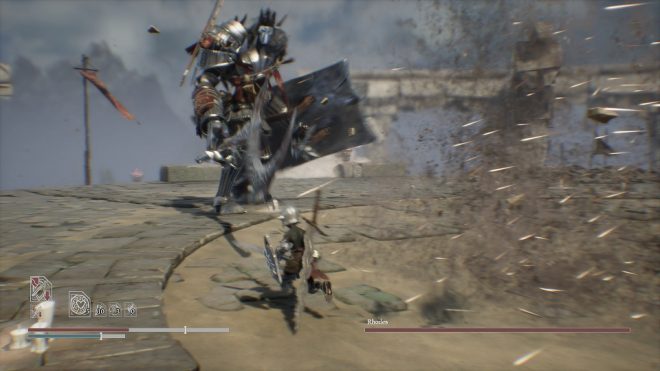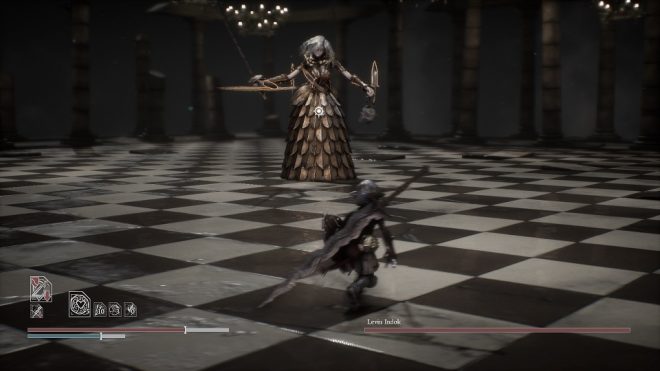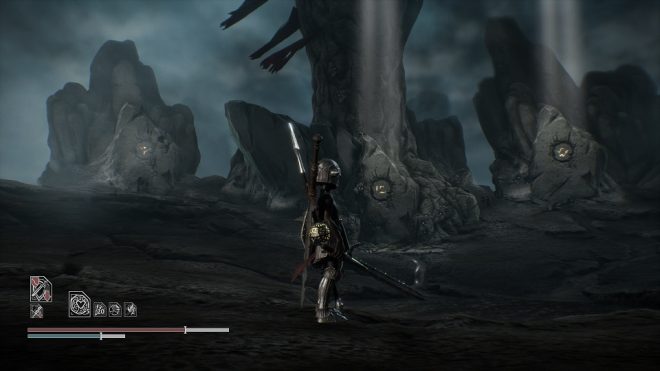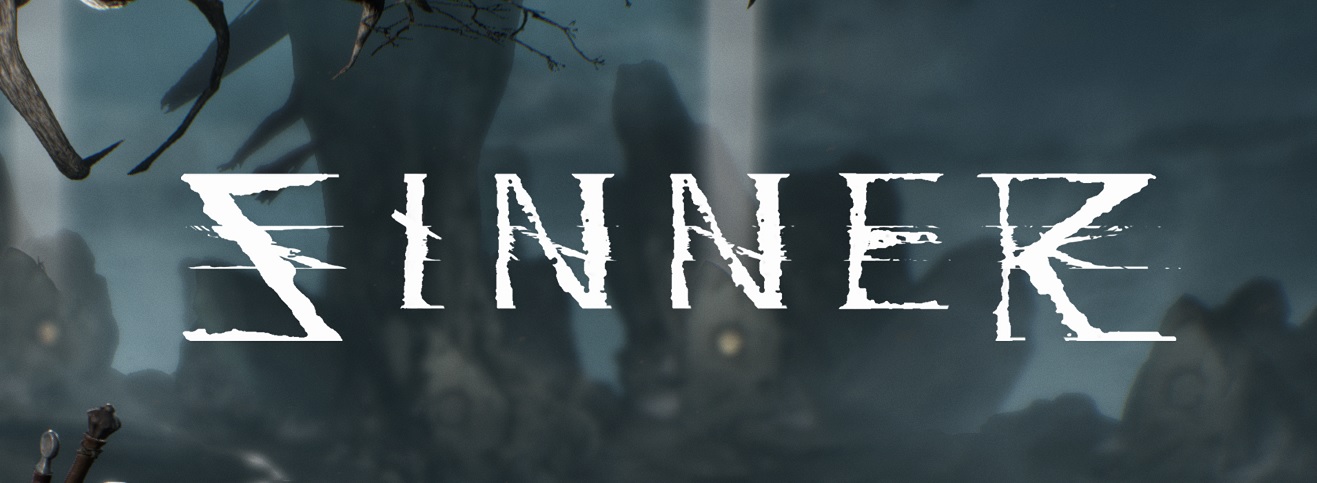There’s a certain cult following when it comes to games that are known to be extremely difficult. Maybe it’s the sense of pride when mastering them, or the never-ending pressure every single battle brings you. You won’t be rolling through Sinner like it’s a town you’re passing through on a road trip. Dark Souls has set a tone for making challenging bosses fun. Sinner has used a similar recipe but has removed the RPG elements as well as any exploration. Instead, it’s basically an arena-style boss rush. You can pick any boss you’d like first, sacrificing something to face them. Once you have won, you will not get your sacrifice back. You can lose attack damage, equipment, armor, etc. This adds a strategic balancing act as you discover what order works best for your fighting style. If you find some fights too difficult, you may go retrieve a sacrifice to help, but you will have to beat that boss again later. The goal is to unlock a final boss to beat, but only after you’ve beaten the first seven.
Here’s what I liked:
Presentation — From the music to the design, the game is presented quite beautifully. Every encounter feels different and looks unique. The cutscenes displayed are sharp and well done. There is a good use of a blurring effect to highlight distance and evasion. The abilities of the bosses look impressive as well. From fire to lightning, it all seems smooth and accurate. Each sin has a lot of different attacks which make memorization difficult but extremely important. My favorite effect is the reflection from the moon when fighting Lust. She starts off standing in it and then rushes towards you when you get close. Her attacks start to freeze you, and the frost can be seen on the hero. You can use an item on your sword that makes it burst into flames, and it makes you feel powerful (but you’re not, you’re still about to die). The effects brighten an otherwise dull atmosphere.

Deadly Sins — There is something fascinating about the Cardinal Sins. Sinner uses them as a storyline. Your hero is trying to redeem the sins of the world by conquering bosses based on them. Each boss has a short yet to the point scene to explain who you’re about to fight, presented in an artistic style. This theme is portrayed quite well and makes a lot of sense. It’s instantly appreciated. There have been a few other titles that based their stories on such evils. Dante’s Inferno, for example, had its levels correspond to the sins. The vibe I got while playing Sinner was of a gothic nature, and it’s one of my favorite themes.
Here’s what I didn’t like:
Hit boxes — This will be your actual foe. While you can seemingly be hit randomly without explanation after dodging, you also will often miss when attacking. Watching your sword skim the enemy yet wield no effect can be disappointing. Lust can shoot arrows at you, and even after dodging them perfectly, you’ll suddenly be hit well after the animation has happened. You’ll be hitting the retry button more often than hitting the boss! It makes for some very awkward feeling gameplay.

One hit death — There are some attacks from your enemies that instantly kill you. So much damage in fact that you’re dead even before your health bar shows it. Besides that, you have to worry about falling off a cliff constantly. Playing Wrath, I often died by being knocked out of bounds or falling as I was walking away. In fact, most of your deaths will likely occur when you had full health. It seems like a cheap trick to make the game even more difficult.
No customization — Your hero is bland. You can’t do anything to make him look cool. You get no option to customize anything at all. Maybe I want my sword power to be frost instead of flame. You’re given zero option to make your experience any different besides your choice in sacrifices. I would have loved getting rewards from bosses that were random, like different helmets or gear. Instead, the only thing you can do is beat the game to get a new weapon.
What now? — While keeping things simple was likely the goal, it’s a real shame there is nothing exciting about fighting the bosses again after beating them. In fact, many will be frustrated when having to take back a sacrifice and fight one that was already difficult. I beat Lust first and didn’t think the battle was too difficult. After progressing through more fights, I decided to take back my sacrifice to help with other battles. I went back to defeat her again, but this time I suddenly had a much harder time. It almost seemed unfair. Even if that’s the point, it didn’t sit well with me. I love progression and feeling accomplished, but I didn’t even want to bother trying again. It’s like being placed back a step, and the only enjoyment I had was defeating a boss I hadn’t beaten yet. Nothing was really compelling me to continue playing. I got no rewards besides increased health, which was nullified by the fact that everything was becoming harder. I found myself sitting in the world where you choose what boss to fight, not really wanting to continue on. I lost all interest very quickly.

Wrap-up
Besides a unique concept and beautiful presentation, Sinner falls short on content and playability. You never care about your hero and the bosses can be extremely frustrating. With no difficulty option, you’re forced into an uphill battle against the bosses. You aren’t offered any hints on how the world works, and you’ll be often stuck wondering what to do next. I enjoyed what I played, but it got stale very quickly. I felt no reason to continue my journey after beating most of the sins. When you feel like you are progressing things only to have to take back your sacrifice to fight another boss, you just never think you’re going to accomplish anything. I highly suggest trying this on Game Pass if you have it. There will be some die-hard fans who love the challenge, but I am not among those courageous perfectionists.
Score: Reader’s Choice
Sinner: Sacrifice for Redemption was published by Another Indie and developed by Dark Star on Xbox One. It was released on October 18, 2018, for $18.99. A copy was provided by the publisher for review purposes.



